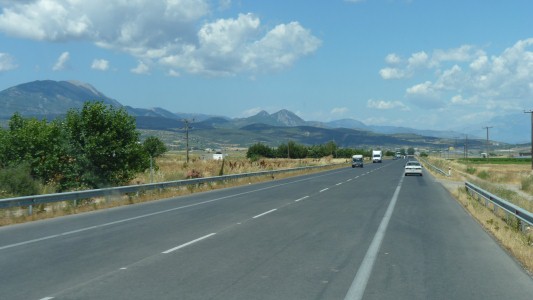
There are some subtleties to driving in Greece which initially escaped us.
We are now completely unsure as to what dotted and continuous lines really mean.
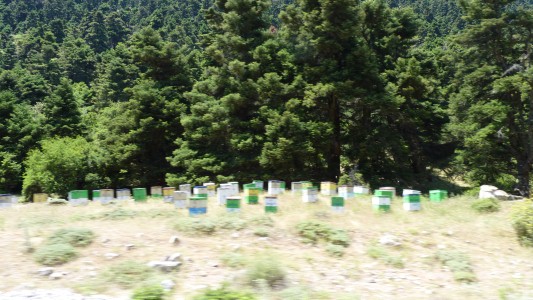
Another "up and over" and we are driving through pine trees and bee hives.
But no honey sellers.
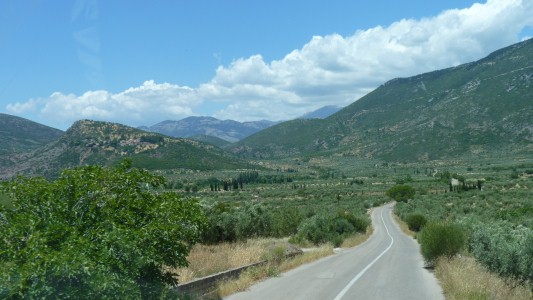
Mt Helicon is on our right.
The monastery, Hosios Loukas, faces us on that small hill to the left.
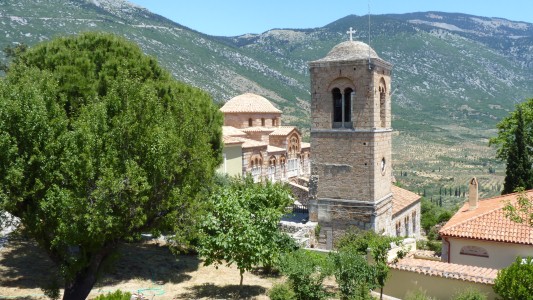
First buildings from the 10th century AD.
Hosios Loukas settled in the region in 946 AD and established the monastic community.
He managed a few miracles and the monastery became a pilgrimage site.
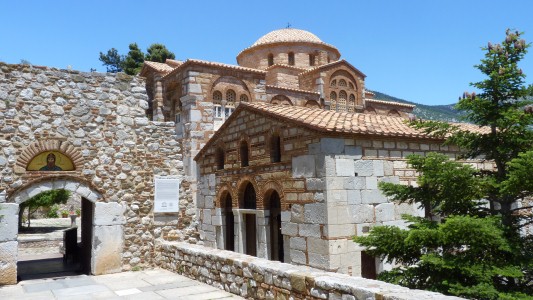
Converted to museum.
Behind that is one of the two joined together churches.
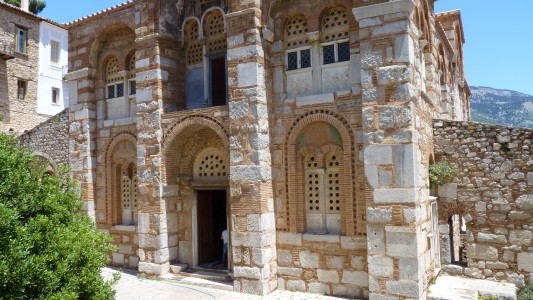
Inauguration around 1011 or 1022.
There was another building spree in the 16th century.
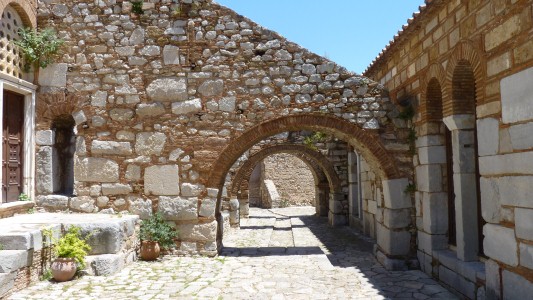
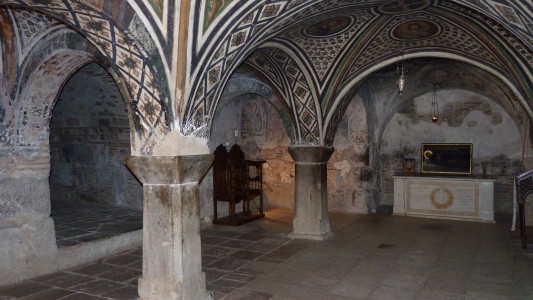
Under the Church of Hosias Loukas.
"Octagon" construction.
We last saw arches like this in the Portuguese cistern in Essouria.
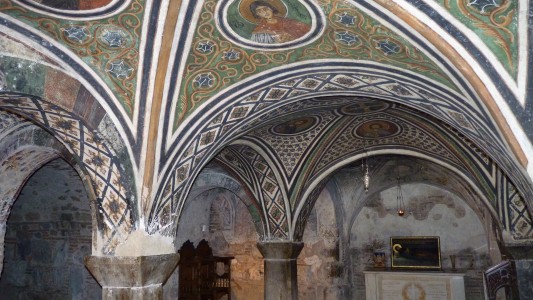
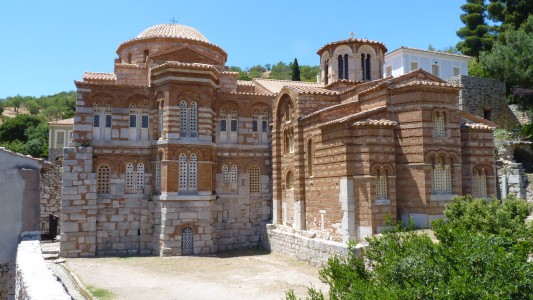
Church of Panayia (961 AD) on the right and Curch of Hosios Loukas on the left.
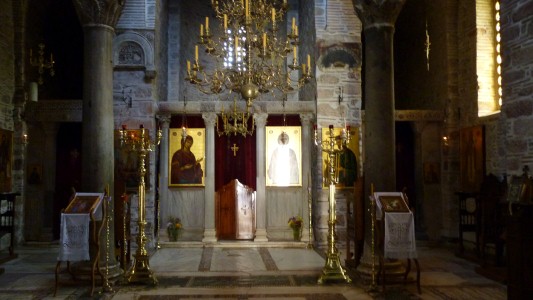
Architecturally the floor plan is a cross, within a square of walls.
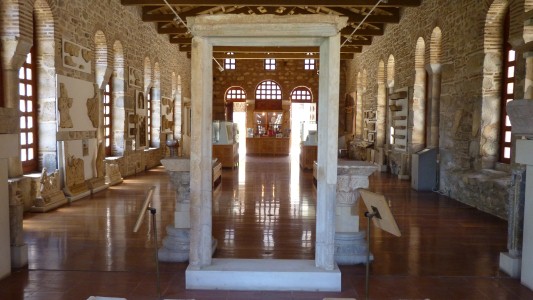
So we visited the museum.
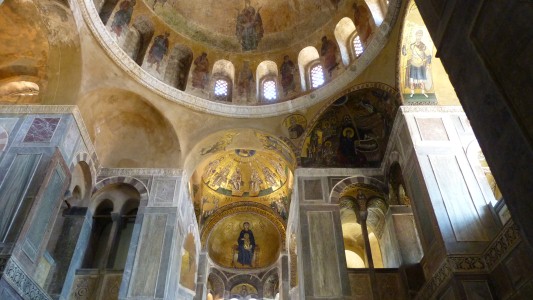
Architecturally its apparently a complex octagon with a single space under the central dome.
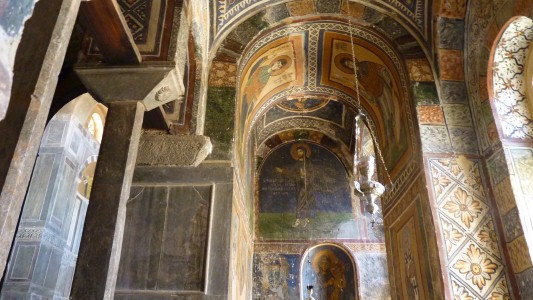
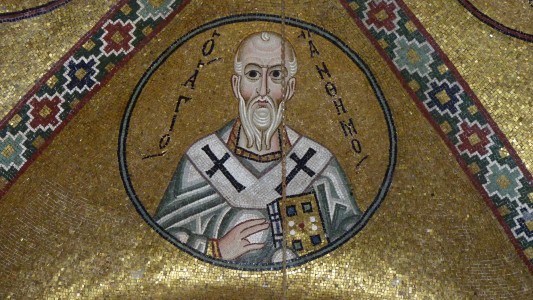
Had to zoom in with the camera to make sure we weren't dreaming.
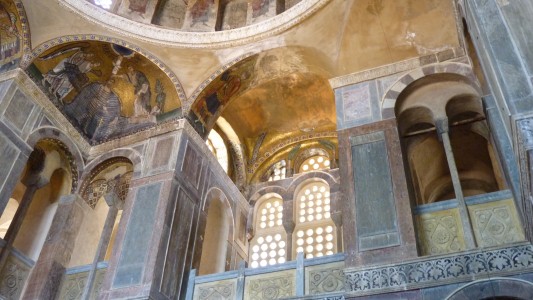
But we were almost alone.
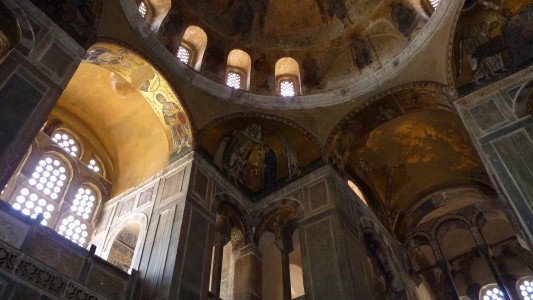
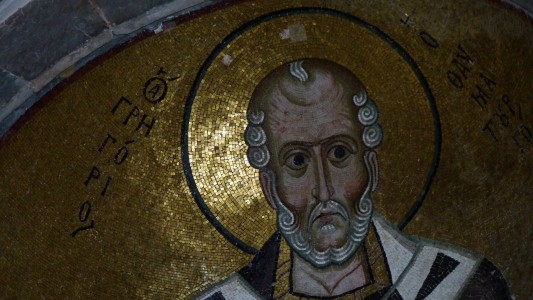
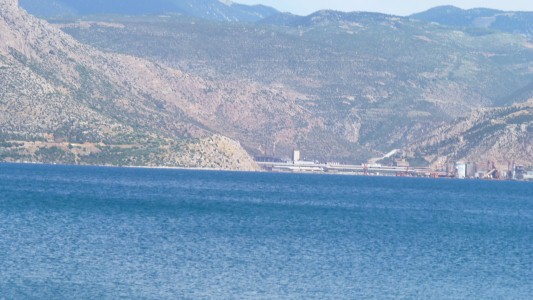
Along the coast.
We think an Aluminium Smelter - belonging to Aluminium of Greece (helped by Pechiney). They seem to be in the oddest of places.
Alumina Refinery processes 1.4 million tonnes of local bauxite to 800,000 tonnes of Alumina. 165,000 tonnes of Aluminium per year.
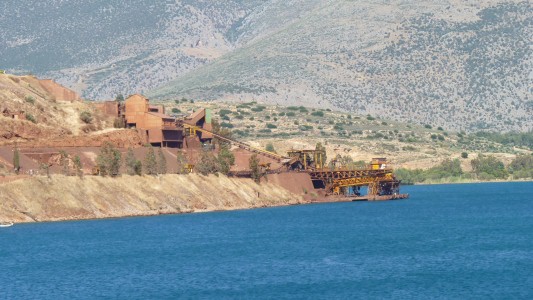
Underground apparently.
We assume what's not processed locally is shipped to Sardinia for processing.
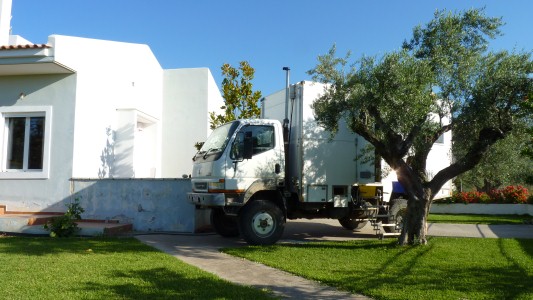
Ali had not seen her since 1975.
We filled up with water.
Learned that while there's no flowing rivers the water table is only 300mm below the surface at this time of year.
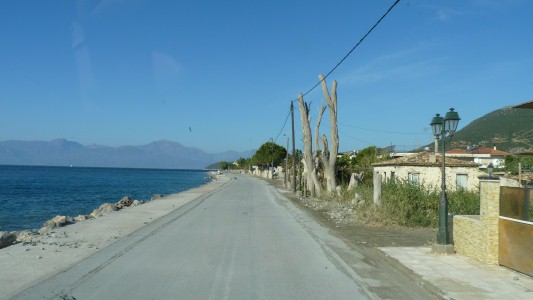
However, the northerly wind pushes the warm surface water south towards the Peloponese Penninsular.
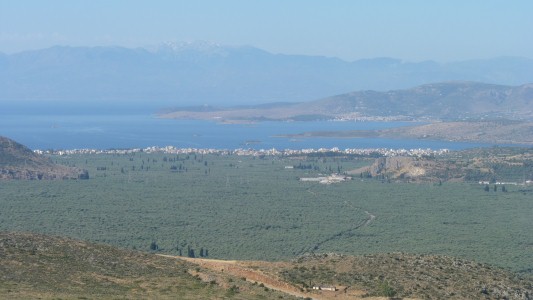
The valley floor is wall to wall olives.
The olive oil producing olives, not the eating ones.
We think 1kg of olive oil from about 4-7 kg of olives and 50-60 kg of olives per tree.